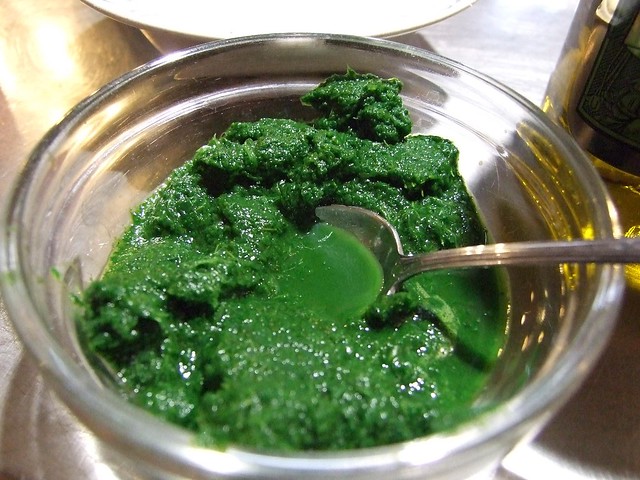And today, I found a cool way to color different foods (with it remaining totally natural and not just a heap of chemicals). Of course, most of these will probably only be good for certain types of stuff - for example, you probably don't want to give your cupcakes the taste of cabbages. But still, these are pretty useful, if you ask me.
1. Purple - with cabbages (or blackberries)

By the way - if you add some baking soda to the purple juice, it will become lighter, a kind of blue, if you will. But be careful how much of it you use, because it will make the cabbage taste come out more.
Blackberries are a bit of a different shade of purple, but they will serve well if you want to make something sweet. Just don't forget to juice it, before you use it.
2. Red - with beets (or berries)
I love the color beetroots give certain foods - even when I hated the taste of it as a kid, I liked to put some of it on my mashed potatoes to give them a seriously weird look. And, of course - the more you use of it, the food item will get darker.
You can prepare it the same way as the cabbage - boil the beets in water. After it's cooked, use the colored water as food coloring, and you can use the beets in soups or as we do around here, mix it together with some cumin and turn it into a nice salad.
If you want to make a food coloring for cookies, you can instead use raspberries, and strawberries. And if it's really not the season for that, you can take the middle rout and use cherries. Mash them all up and juice them well.
3. Green - with spinach (or avocado)

I love spinach. Mom usually makes it with garlic and milk, and we fried some eggs and ate it like that. Funnily enough we didn't use it in any other way until recently, when dad made some amazing sauce for macaroni, and when we actually used them to color -once again- mashed potatoes.
The best part of it is that the food items usually don't change their tastes.
If you want a lighter green shade you can, of course use avocado instead of spinach. Also, I'm guessing some food items really wouldn't go well with the spinach one, so... yea.
4. Orange - with carrots (or paprika)

Yeah, when I was little we used to make apple juice mixed with carrot. I wasn't a big fan of it - and I still can't eat fresh carrots without needing to wash it all down with a whole lot of water.
But if you are in a dire need of orange coloring, you can cook them up in a little water, and then juice them. And, of course, if you are really not into carrots, you can instead use paprika. They will be different shades, but it will serve.
5. Other alternatives
You can get a kind-of-yellow, but more of a mustard color from turmeric, and a lighter shade of yellow from saffron. But be careful how much of them you add, because they have really strong flavors.
If you want some black coloring, you will have to make due with black walnut shells, and boil them down until you reach the desired color. An alternative to this is apparently squid ink, but squid ink is pretty expensive, and has a weird taste anyway. So, yeah, black is pretty tricky, even with artificial food coloring.
Otherwise you can try for another very dark brown with cocoa powder of coffee. Though, when it comes to coloring with these they will still retain a brown hue.
So yeah...there you go guys.
